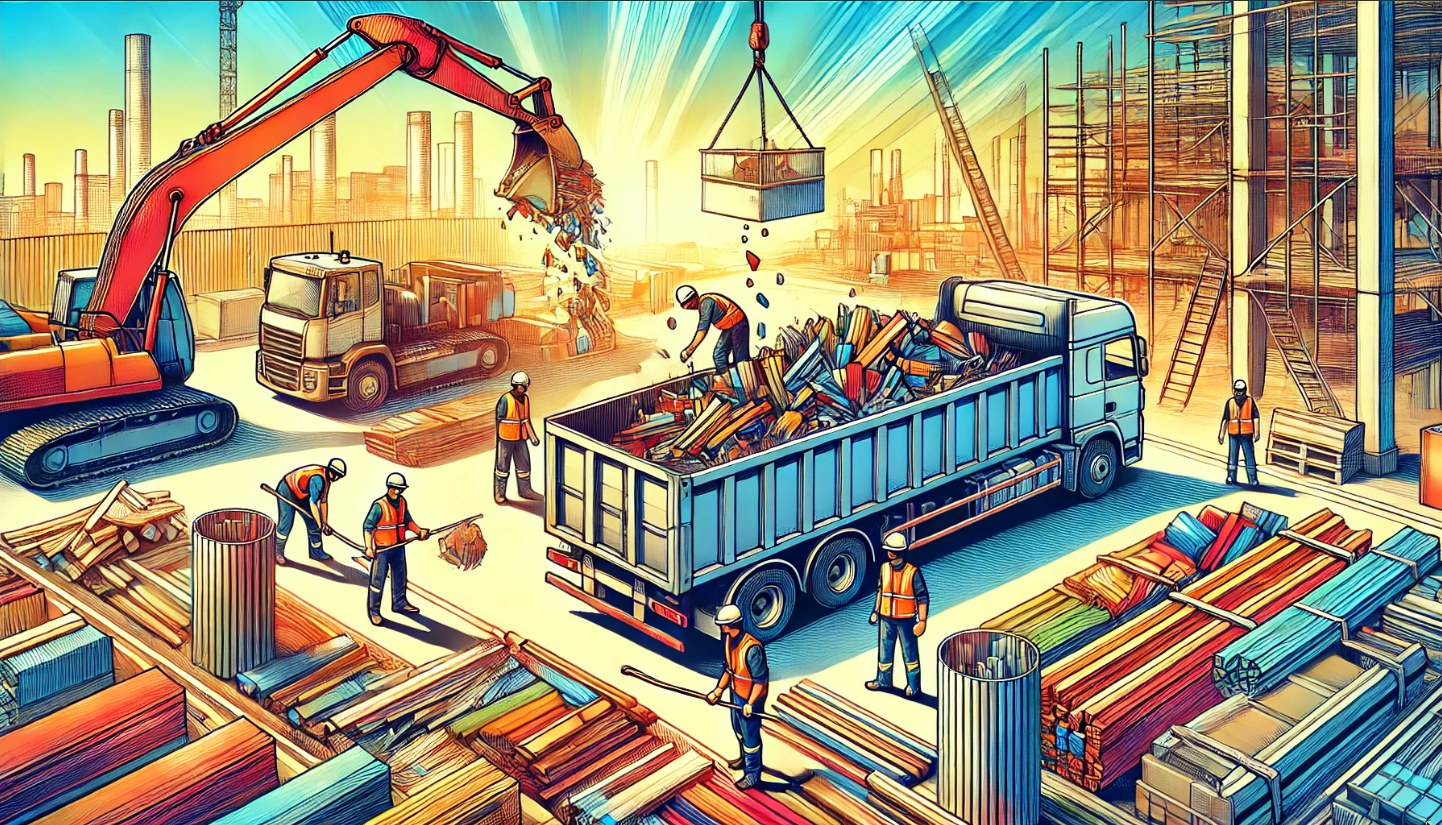
Construction Debris Removal – Simplify Your Cleanup
Construction projects, whether big or small, generate a significant amount of debris. From drywall scraps to old concrete, cleaning up this waste is often one of the most challenging aspects of a project. Effective construction debris removal ensures your site stays safe, organized, and eco-friendly. In this guide, we’ll explore smart strategies, sustainable disposal methods, and tips for hiring the right service.
Why Construction Debris Removal is Important
Proper debris removal isn’t just about aesthetics—it’s essential for safety, efficiency, and sustainability. Here’s why:
- Improves Safety: Reduces risks of accidents from sharp or hazardous materials.
- Streamlines Operations: Keeps your site organized and minimizes downtime.
- Protects the Environment: Responsible disposal reduces landfill waste and promotes recycling.
- Meets Legal Requirements: Adheres to local regulations for waste management.
Types of Construction Debris
| Debris Type | Examples | Disposal Options |
|---|---|---|
| Wood | Lumber, pallets, plywood | Recycle, repurpose, landfill |
| Concrete and Asphalt | Broken slabs, bricks, road materials | Crushed for reuse, landfill |
| Metals | Steel, aluminum, copper | Recycle, scrap yards |
| Drywall | Sheetrock, plasterboard | Specialized recycling centers |
| Hazardous Waste | Paints, solvents, adhesives | Hazardous waste facilities |
Steps for Efficient Construction Debris Removal
- Plan Ahead
- Identify potential waste before starting the project.
- Budget for removal services and disposal fees.
- Sort Materials
- Separate recyclables, reusable items, and trash.
- Label containers for easy sorting on-site.
- Choose Disposal Methods
- Reuse or donate materials whenever possible.
- Arrange for specialized handling of hazardous waste.
- Hire Professionals
- Partner with a construction debris removal service for large-scale cleanups.
- Look for companies that offer eco-friendly options.
Eco-Friendly Construction Debris Removal
Green practices are becoming a priority in the construction industry. Here’s how to dispose of debris sustainably:
- Recycle Materials: Metals, concrete, and wood can often be recycled into new products.
- Repurpose Debris: Use broken concrete for landscaping or donate usable materials to community projects.
- Minimize Waste: Order only the materials you need and repurpose leftovers.
- Partner with Eco-Friendly Services: Choose providers committed to sustainable practices.
Tips for Choosing the Right Construction Debris Removal Service
- Check Their Experience
- Choose companies specializing in construction cleanups.
- Ask About Eco-Friendly Practices
- Confirm their commitment to recycling and proper disposal.
- Get Transparent Pricing
- Request an upfront estimate with no hidden fees.
- Review Their Safety Record
- Ensure the company follows safety protocols for debris removal.
FAQs About Construction Debris Removal
1. What materials can be recycled from construction debris?
Metals, concrete, asphalt, wood, and some plastics are commonly recyclable.
2. How do I handle hazardous construction waste?
Use specialized disposal services that comply with local regulations for hazardous materials.
3. Can construction debris removal be scheduled during a project?
Yes, many services offer ongoing removal to keep sites clean throughout the project.
4. What’s the fastest way to clean up after a renovation?
Hire a professional service to handle large volumes of debris efficiently.
Cities we service
Services
Privacy Policy
Manage Consent Preferences
| Do Not Share My Information | Conditions of Use | Notice and Take Down Policy | Website Accessibility Policy
© 2024
